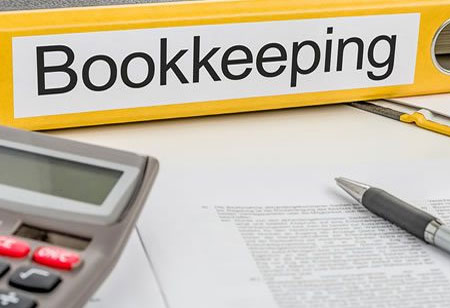THANK YOU FOR SUBSCRIBING
Be first to read the latest tech news, Industry Leader's Insights, and CIO interviews of medium and large enterprises exclusively from CFO Tech Outlook
THANK YOU FOR SUBSCRIBING

By
CFO Tech Outlook | Friday, February 14, 2020
Stay ahead of the industry with exclusive feature stories on the top companies, expert insights and the latest news delivered straight to your inbox. Subscribe today.
Double-entry booking offers a more authentic look at a business’s financial state than single-entry bookkeeping. One cause for this is that double-entry bookkeeping implements the matching principle.
FREMONT, CA: Double-entry bookkeeping is an accounting system that records a debit and credit for every financial transaction occurring within a company. It is seen distinctly through the employment of a T-account or the accounting equation—assets equal liabilities along with shareholders’ equity.
Double-entry bookkeeping rose in Italy and is now used globally. It is significant in maintaining an accurate financial system. Businesses benefit greatly from using double-entry accounting as it aids in accurate financial reporting and decreases errors and fraudulent activity.
Accuracy
Double-entry booking offers a more authentic look at a business’s financial state than single-entry bookkeeping. One cause for this is that double-entry bookkeeping implements the matching principle. The principle makes use of accrual accounting rules to document revenue and the expenses concerning revenue. Recording both costs and revenue offers an accurate calculation of profits and losses. They are represented on the income statement that includes accounts calculated directly from the admissions made in double-entry bookkeeping.
Error Reduction
Human errors can distort an enterprise’s financial position. Double-entry bookkeeping decreases errors because it offers checks and balances. With the development of technology, many accounting software programs mechanically offer double-entry bookkeeping when a transaction is entered. The occurrence reduces the chance that a deal is posted to the wrong offsetting account. Mistakes are easily caught with double-entry bookkeeping by ensuring debit and credit amounts equal.
Leaves an Audit Trail
Double-entry bookkeeping trims down the fraud by leaving an adult trail. An audit trail facilitates one to trace transactions from the journal entries that were updated to the general ledger. For instance, if a company’s cash balance seems too high on the balance sheet, they can trace back the transactions made to the cash account and see if it is accurate. Additionally, one can see the correct financial records affected by posting transactions. Double-entry bookkeeping also makes use of reference numbers and offers brief descriptions with each entry made.
I agree We use cookies on this website to enhance your user experience. By clicking any link on this page you are giving your consent for us to set cookies. More info

However, if you would like to share the information in this article, you may use the link below:
www.cfotechoutlookeurope.com/news/why-is-doubleentry-bookkeeping-important-nid-901.html



